
So you can probably imagine the ripple that ran through the Peterson Institute for International Economics in Washington in July when Summers looked up from his prepared speech, flashed a grin and loosed the sort of utterance that once upon a time marked imminent indiscretion. "There was," he told the room, "a fight about whether I was allowed to say this now that I work in the White House."
What Summers proceeded to offer was, in fact, an unusually candid insight. And though couched in jargon, it was an insider's confession of why our present economic moment is fraught with both danger and opportunity. There appears to be, Summers told the suddenly very attentive crowd, a strange bit of physics working itself out in our economy. The problem is related to a hiccup in an economic rule called Okun's law. First mooted by economist Arthur Okun in 1962, the law (it's really more of a rule of thumb) says that when the economy grows, it produces jobs at a predictable rate, and when it shrinks, it sheds them at a similarly regular pace. It's a labor version of how the accelerator on your car works: add gas, go faster; less gas, go slower.
What made Summers' frank comment important is that it suggests this just-add-gas relationship may now be malfunctioning. The American economy has been shedding jobs much, much faster than Okun's law predicts. According to that rough rule, we should be at about 8.5% unemployment today, not slipping toward 10%. Something new and possibly strange seems to be happening in this recession. Something unpredicted by the experts. "I don't think," Summers told the Peterson Institute crowd — deviating again from his text — "that anyone fully understands this phenomenon." And that raises some worrying questions. Will creating jobs be that much slower too? Will double-digit unemployment persist even after we emerge from this recession? Has the idea of full employment rather suddenly become antiquated? Is there something fundamentally broken in the heart of our economy? And if so, how can we fix it?
The Labor Conundrum
The speed of America's now historic employment contraction reflects how puzzling this economic slide has been. Recall that the crisis has included assurances from the chairman of the Federal Reserve that it was over when in fact it was just getting started and a confession from a former Fed chairman that much of what he thought was true for decades now appears to be wrong. Nowhere is this bafflement clearer than in the area of employment.
When compiling the "worst case" for stress-testing American banks last winter, policymakers figured the most chilling scenario for unemployment in 2009 was 8.9% — a figure we breezed past in May. From December 2007 to August 2009, the economy jettisoned nearly 7 million jobs, according to the Bureau of Labor Statistics. That's a 5% decrease in the total number of jobs, a drop that hasn't occurred since the end of World War II. The number of long-term unemployed, people who have been out of work for more than 27 weeks, was the highest since the BLS began recording the number in 1948. Jobless figures released Sept. 4 showed a 9.7% unemployment rate, pushing the U.S. — unthinkably — ahead of Europe, with 9.5%.
America now faces the direst employment landscape since the Depression. It's troubling not simply for its sheer scale but also because the labor market, shaped by globalization and technology and financial meltdown, may be fundamentally different from anything we've seen before. And if the result is that we're stuck with persistent 9%-to-11% unemployment for a while — a range whose mathematical congruence with that other 9/11 is impossible to miss — we may be looking at a problem that will define the first term of Barack Obama's presidency the way the original 9/11 defined George W. Bush's. Like that 9/11, this one demands a careful refiguring of some of the most basic tenets of national policy. And just as the shock of Sept. 11 prompted long-overdue (and still not cemented) reforms in intelligence and defense, the jobs crisis will force us to examine a climate that has been deteriorating for years. The total number of nonfarm jobs in the U.S. economy is about the same now — roughly 131 million — as it was in 1999. And the Federal Reserve is predicting moderate growth at best. That means more than a decade without real employment expansion.
We're a long way from Hoovervilles, of course. But it's not hard to imagine, if we're not careful, a country sprouting listless Obamavilles: idled workers minivanning aimlessly through overleveraged cul-de-sacs with no way to pay their mortgages, no health care, little hope of meaningful work and only the hot comfort of angry politics. This is why the problem of how America works needs to become the focus of an urgent national debate. The jobs crisis offers an opportunity to think in profound ways about how and why we work, about what makes employment satisfying, about the jobs Americans can and should do best. But the ideas Washington has delivered so far are insufficient. They reflect a pre–9%-11% way of thinking as much as old defense policy reflected a pre-9/11 notion of who our enemies were.
The funding for job creation in the American Recovery and Reinvestment Act was based on an assumed 8.9% unemployment rate. Now 15% is a realistic possibility. And yet we're hearing few interesting ideas about how to enhance America's already groaning unemployment support system as millions of Americans sit idle. Tangled in the debate over health care — and bleeding political capital — the White House may find itself too weak and distracted to deal with the danger of joblessness.
We can't afford to wait. The longer someone is unemployed, the harder it is to get back to work, a fact as true for the nation as it is for you and me. As the Peterson Institute's Jacob Kirkegaard explains, "It is entirely possible that what started as a cyclical rise in unemployment could end up as an entrenched problem." Past crises have illustrated that lesson: the longer you wait, the harder it is to contain. This is as true for joblessness as it was for subprime mortgages, al-Qaeda and computer viruses.
Right Man, Right Time
By one of those strange Sully Sullenberger collisions of preparation and crisis — the sort that put Depression expert Ben Bernanke in at the Fed at the moment of a flameout of 1930s magnitude — Larry Summers made his reputation as an employment theorist. Summers is the nephew of two Nobel economists and was regarded as the smartest undergrad anyone knew, but as he surveyed his research options 30 years ago, he settled on the then relatively unsexy specialty of labor. The subject tickled his sense of skepticism. "The view that was taking hold at that time, a view that unemployment wasn't a terribly serious problem, was importantly wrong," Summers says. "I thought if you could have areas where there was long-term substantial unemployment, then that raised some questions about the functioning of markets." In essence, Summers saw in unemployment a chance to explore how markets don't work — and to think about policies that could correct for the failures. Perfect training for 2009.
Many of the ideas Summers developed were codified in a 1986 article titled "Hysteresis and the European Unemployment Problem." Even today it's a piece he's proud of: "Ah, yeah, the hysteresis article," he interjects when it's mentioned. Hysteresis is a word that you (and the rest of us) should hope we don't hear too much of in the coming months. It comes from the Greek husteros, which means late. It refers to what happens when something snaps in such a way that it can never be put back together. Bend a plastic ruler too far, drop that lightbulb — that cracking sound you hear is the marker of hysteresis. There's no way to restore what has just been smashed.
The idea that hysteresis happens to economies is one that economists don't like to think about. They prefer to consider economies as yo-yos tethered to the sturdy string of the business cycle, moving up and down from growth to slowdown and back. But from time to time, things do snap. And Summers' argument in 1986 was that unemployment in Europe, the sort that might persist in the face of growth, was an expression of an economy that had snapped. Europe's economy was hit not only by shocks like an oil-price spike, a productivity collapse and rocketing tax rates but also by stubborn unions that made hiring, firing and adjusting payrolls near impossible.
Hysteresis, Summers explained, could come from all sorts of shocks like this. And that may be what is playing out in the U.S. If you look at the three great job busts of the past 100 years — the 1930s, the early 1980s and today — you find an important difference. The Reagan recession ended with workers returning to jobs that were the same as or similar to the ones they had lost. But 1930s joblessness was structural. The jobs people lost — largely in agriculture — never came back. Workers had to move to the industrial sector, a transition helped by the demands of a war. It was massive national hysteresis. Sound familiar? "A lot of the jobs that have been lost will never come back," the Peterson Institute's Kirkegaard says. Which means that hiccup in Okun's law is a warning: growth alone won't employ America again.
Cash for Clunker Careers
What to do? If your goal is to create jobs, you have two choices — and one painful fact — to confront. The painful fact is that the 1930s option, to have the government directly employ millions of people in labor fronts, is not an option today. "There's no way to create real jobs using this approach," says Harvard professor Roberto Mangabeira Unger. In the 1930s, you could throw 10,000 people with shovels at dam or road projects. Today the work of 10,000 shovels is done by a few machines — and it was a lot easier to persuade farmers to switch to ditchdigging than it would be to get laid-off hedge-fund traders to switch to sewer repair, appealing as such an idea might be.
So if the government can't hire everyone, where will jobs come from? One option would be to rely on traditional strategies: if we create demand through growth, cheap money and massive government spending, then some jobs will return. In the meantime, train people for whatever work they can get — fast food, nursing, you name it. But if we're in a posthysteresis world, then just adding gas to the economy won't be enough, and making cheap low-end jobs won't deliver a workforce capable of sustaining competitive growth. "There's no use making economic change if you don't have human agents who can take advantage of it," Unger explains.
The alternative would involve reshaping what it means to work in America. Such a plan would start by changing what it means to be jobless. To begin with, this would require a massive increase in job retraining, one that assured that every laid-off worker had a chance to learn a new skill and years of funding to master it — instead of the six-month shots now generally offered. The Administration's proposal to increase funding to community colleges is a start. But it's only a start. Ideally, the White House needs to propose an omnibus employment-emergency bill that guarantees jobless workers a basic set of rights for two to three years: health care, access to retraining, subsidized mentoring for careers in high-end manufacturing or health services. Handled well, such a program could be a "cash for clunker careers." Obama should also bring together innovative minds in technology and service — the people who run consumer-driven businesses like Disney and Google — to find ways to make the process of being unemployed less of a bureaucratic and emotional mess.
But we've also got to take a careful look at how jobs are created — and what sorts of jobs Americans want to do. The most likely sources of job growth in the next few years are going to be confined to health care, education and restaurant/hospitality services. But we can't nurse, teach and barista our way to real national power. Service jobs alone can't support growth and innovation — which will be essential as we struggle to pay off a historic national debt and fund the retirement of the baby boomers. So in addition to a retraining push, a sensible set of policies would shift the landscape of job creation. It would transfer money out of Wall Street and into community lending to encourage the formation of new companies. It would create local business pods in which neighbors ask, What do we do well here, and how can we do it better? Some of the world's most skilled machinists live in the American Midwest. But their skills are geared to a dying auto industry, and with no bank credit for start-ups and no way to organize, they have no chance to transform themselves into a workforce for globally competitive precision-manufacturing firms.
Is there really a demand for machinists? Yes — even in a recession. One rough calculation found that about a million high-skilled jobs remain unfilled. This is why a fresh approach to job-making, one that focuses on mastery of skills instead of simple button-pushing, matters. "If we go back to the old ways," says sociologist Richard Sennett, who has probably studied the quality of American working life as thoroughly as any other scholar in the past few decades, "we just go back to a very unsustainable path."
The President's advisers grasp the urgency of the task. "Would I like Americans to be more skilled?" Summers muses. "Yes. Would I like to be able to increase skill faster than is likely to be possible? Sure. Would I like a larger fraction of good entrepreneurial ideas to happen in the U.S.? Of course. There are millions of people who need work." But Summers need only read his own research to recall that traditional government policies are not going to pull us out of the job trap.
One of the tropes about Bush's 9/11 and the wars that followed was that they conveniently allowed him to deal with problems bedeviling his young Administration: a lack of focus, difficulty reforming the U.S. military, trouble articulating a global vision. Obama now faces a host of problems of his own: weakening political will, an inevitable "What next?" after health care, a base that has lost energy. His 9/11 is just the sort of transcendent issue that can reconnect him to the theme of hope and change. A tough challenge? You bet. But as Obama's presidency unfolds, it will be the most vital one for him to meet.
References:
See how Americans are spending now.
See which businesses are bucking the recession.
Read "How to Know When the Economy Is Turning Up."
See 10 things to buy during the recession.
Watch TIME's video of Peter Schiff trash-talking the markets.
See 10 ways your job will change.
See the top 10 bankruptcies.
See pictures of the stock market crash of 1929.
See pictures of the recession of 1958.
See pictures of the global financial crisis.
See 25 people to blame for the financial crisis.
See the top 10 financial collapses of 2008.








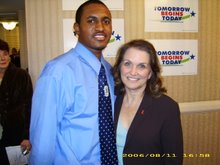











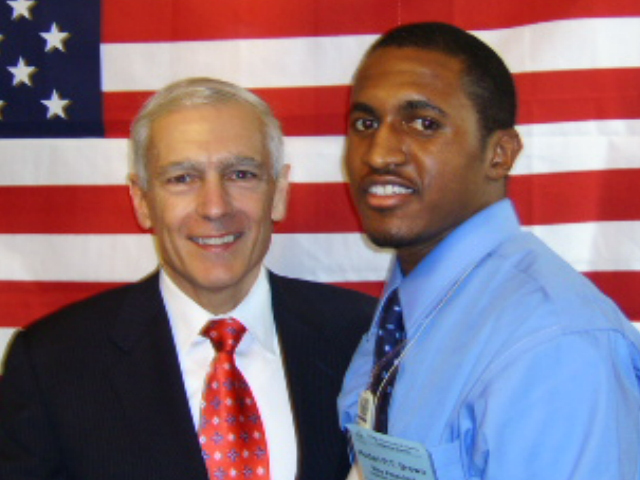
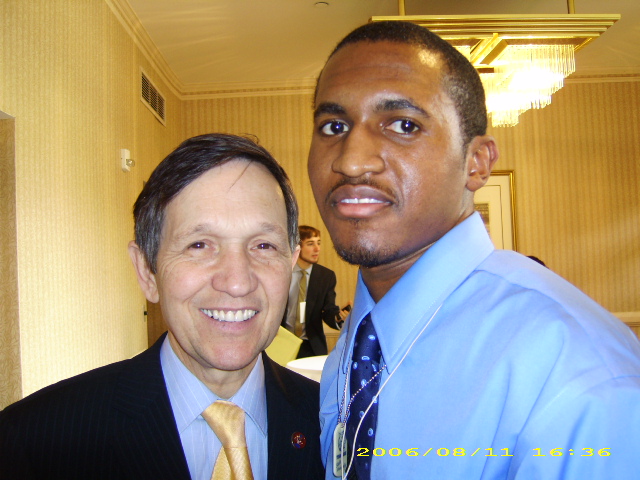


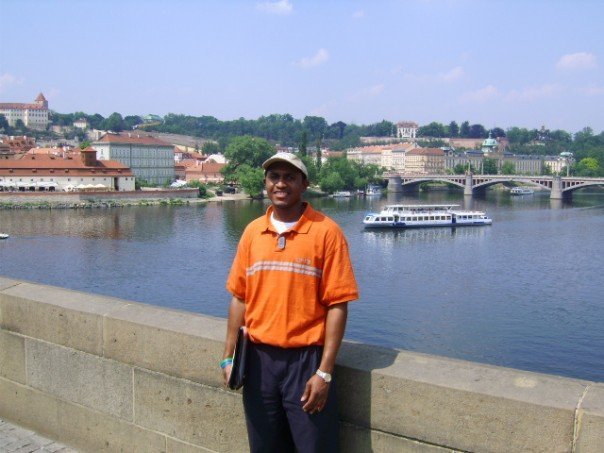
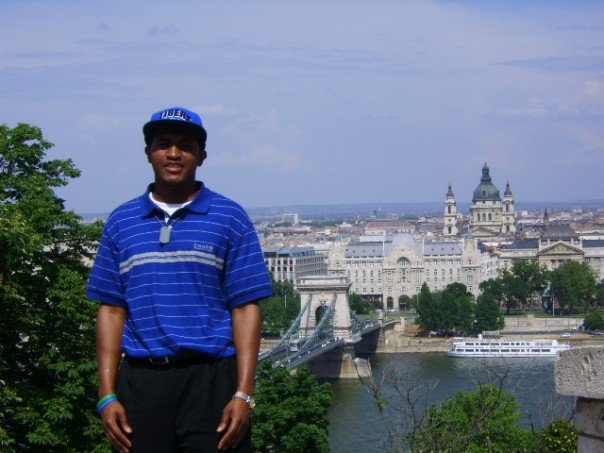
No comments:
Post a Comment